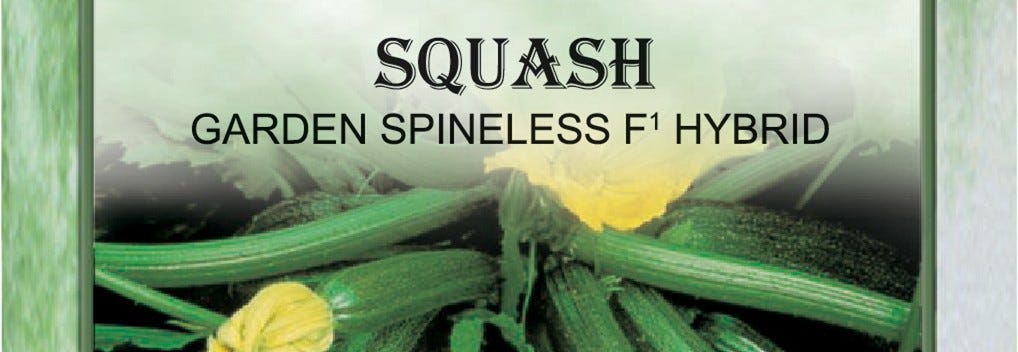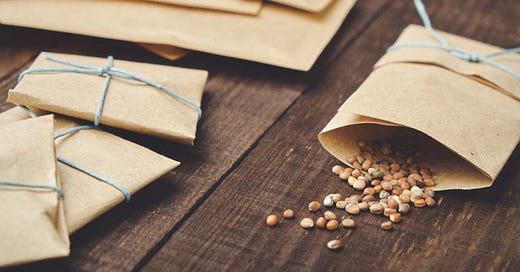SOME SEED SAVING GUIDELINES
Why, What, How: Making a Political Statement or Simply Saving Money — The Value of Your Own Seeds
Whatever factors influence, inspire, or encourage gardeners to become seed savers, I’m all for it. It’s been going on since the beginning of gardening; in fact, it wasn’t until modern times that most gardeners had access to new seeds in packets. If you’ve been thinking about doing your own seed saving, now’s the time and here’s a starting point.
WHY SAVE SEEDS?
In no particular order (because everyone has their own priorities), from the indulgent to the political:
To learn about nature, botany, biology, science, etc.
To save time and money.
To preserve biodiversity. There is a serious genetic erosion in commercial seeds and you can make a difference.
To increase your (and our) available options.
To help preserve your (and our) right to save seeds.
To retain control of your food supply. It’s about food security and true self-sufficiency .
To preserve, promote, and even develop local varieties adapted to your garden’s and your community’s growing conditions.
To build community by sharing and cooperating.
Climate change demands it. You might as well select the most adaptable each year to keep up.
To renew your thousands-of-years-old partnership with plants. It’s a connection to humans’ ancient gardening heritage.
To preserve your family heritage; whatever your ethnic background.
To preserve the varietal characteristics you want. Select for flavor, size, disease resistance, or whatever YOU want.
To improve the results with each harvest. To adapt the seeds to your own garden. To create new varieties. There are hundreds (thousands?) of vegetables that were created by an amateur gardener just like you.
Suggestion: If you’ve never saved seeds and are interested it doing it for the first time, start with the easiest: beans and peas. And start with “open-pollinated” seed varieties.
What about saving seeds from “hybrid” (F1) vegetables? Go ahead. But keep in mind that what you get in the following years’ plants will be different, often very different, from what you planted. Subtle differences may be acceptable while major differences may make you feel like you’ve wasted time. But even amongst the majorly different offspring, there just might be something — maybe just one plant — that is worth saving again. That’s where you should jump in; it’s one of the most exciting parts of seed saving.

The basics of seed saving are pretty easy. There are some important details, however, that you need to understand first. I’ve arranged these points to coincide with the accompanying list of the most common vegetable types.
Keep reading with a 7-day free trial
Subscribe to Back to the NEW Basics of Gardening to keep reading this post and get 7 days of free access to the full post archives.




